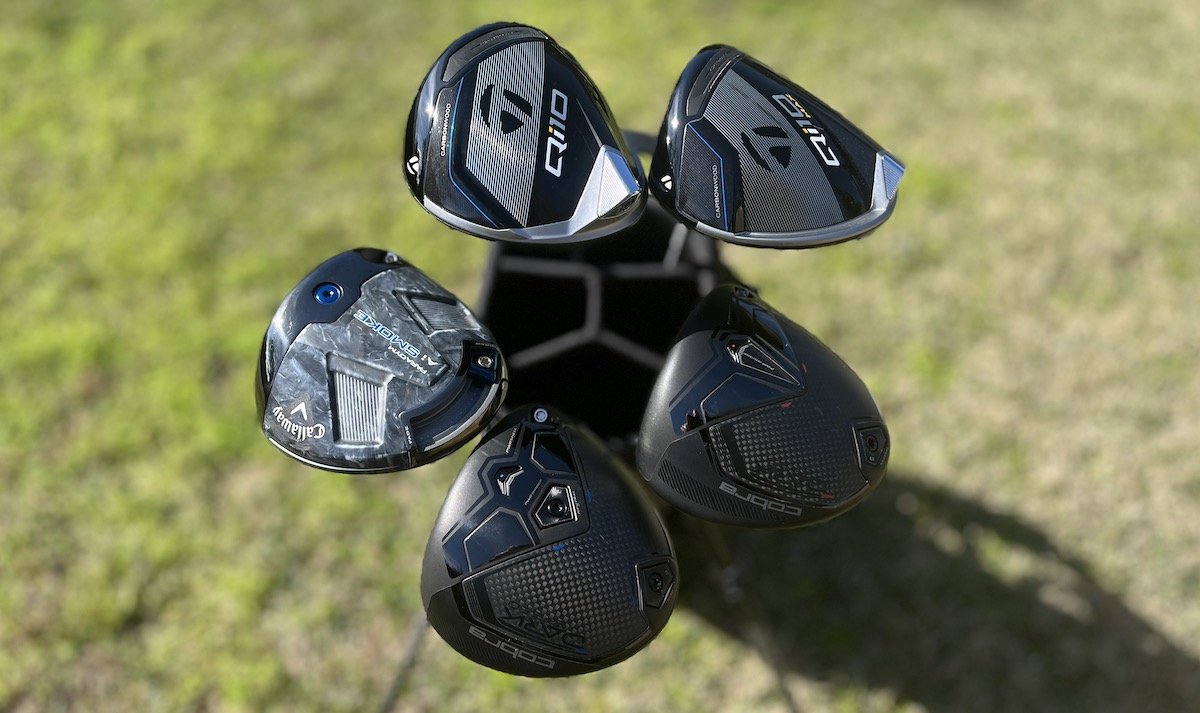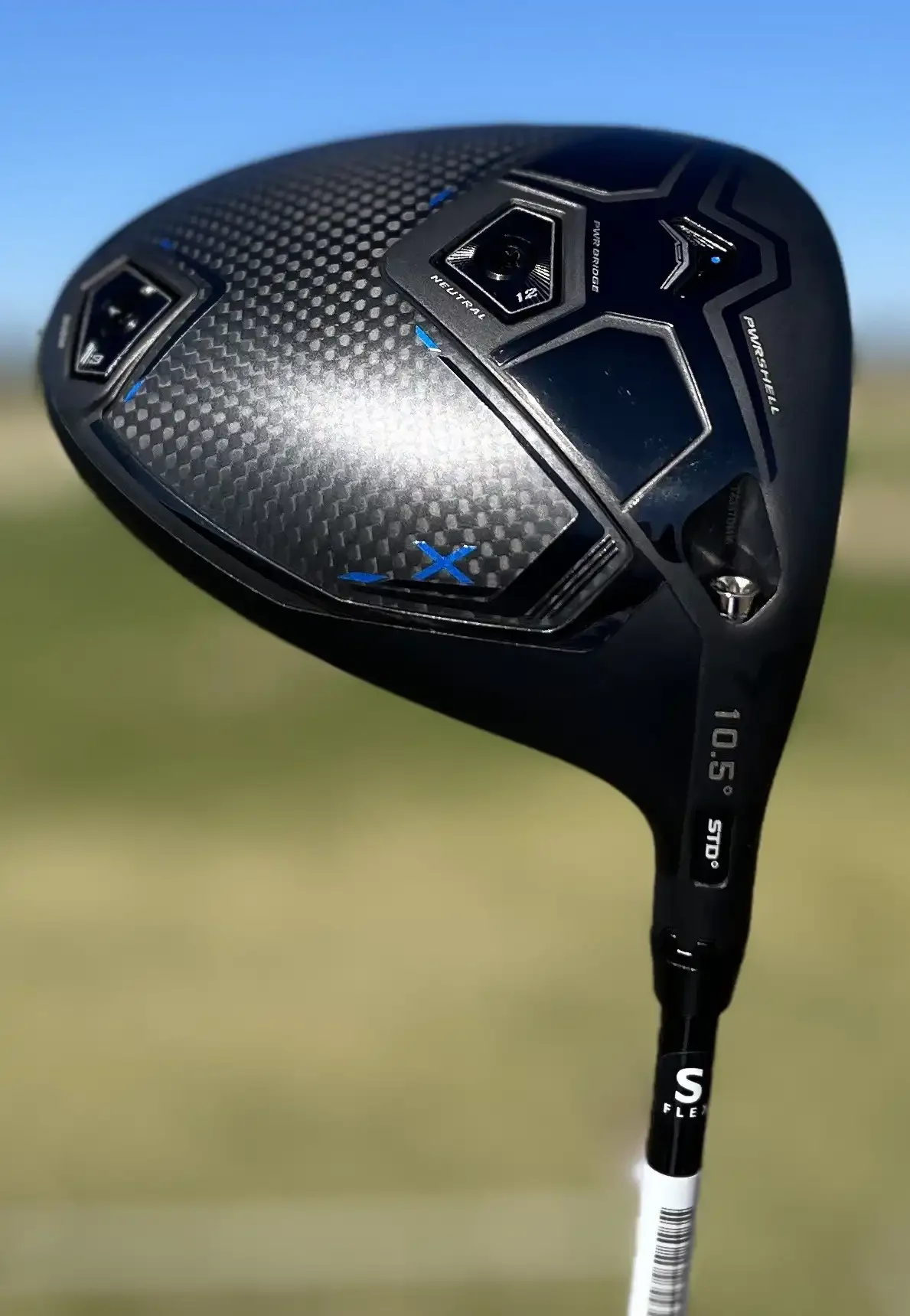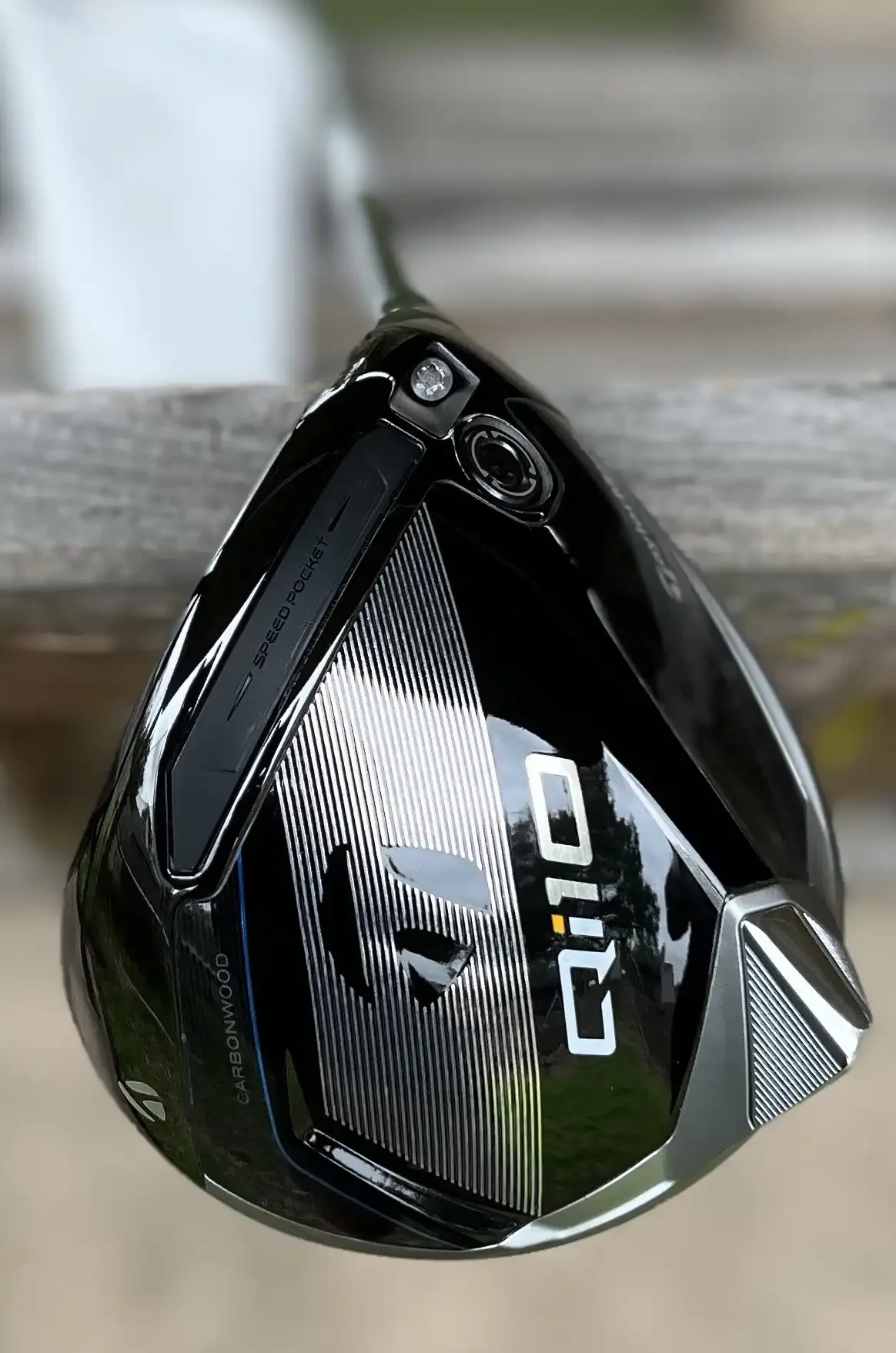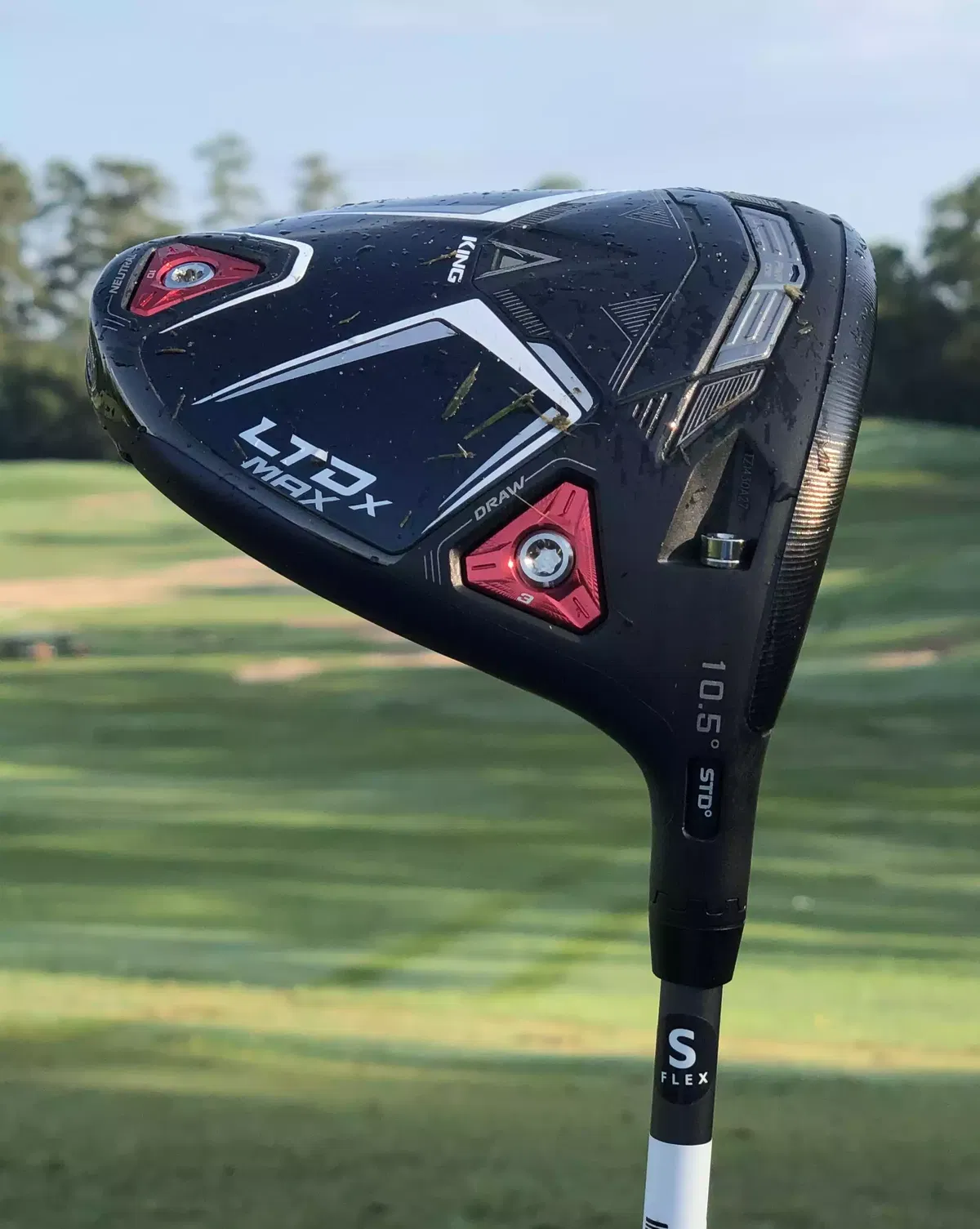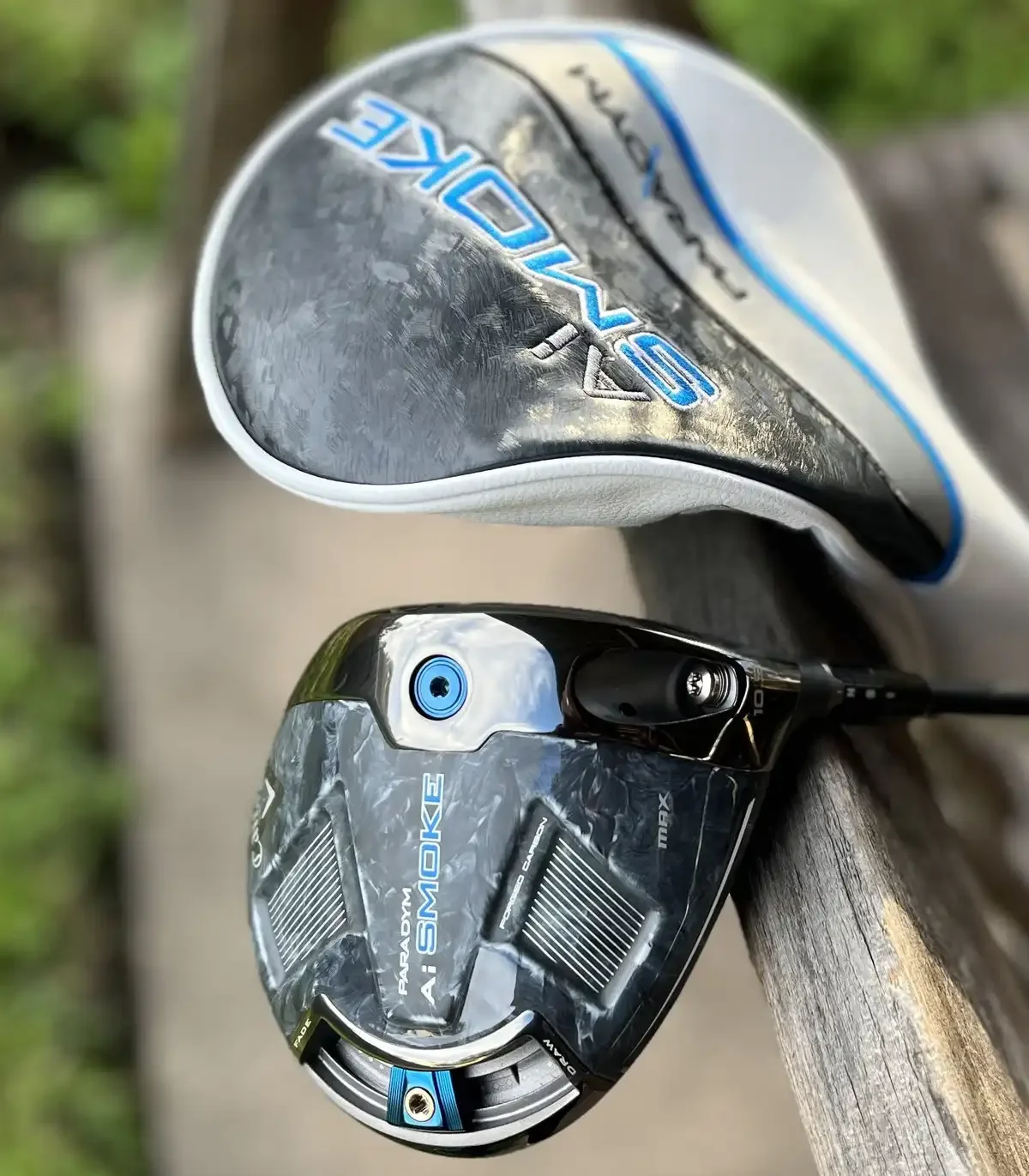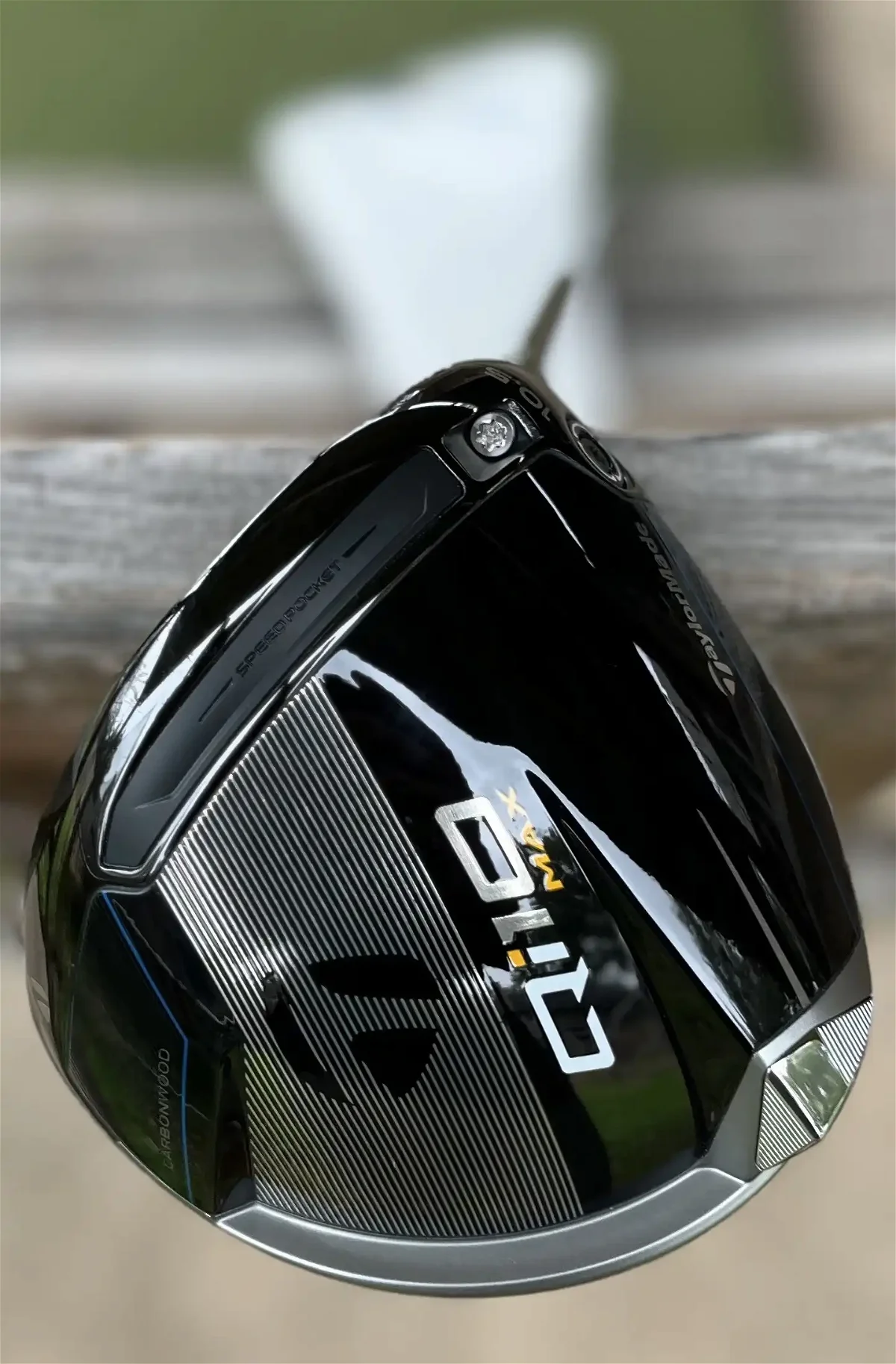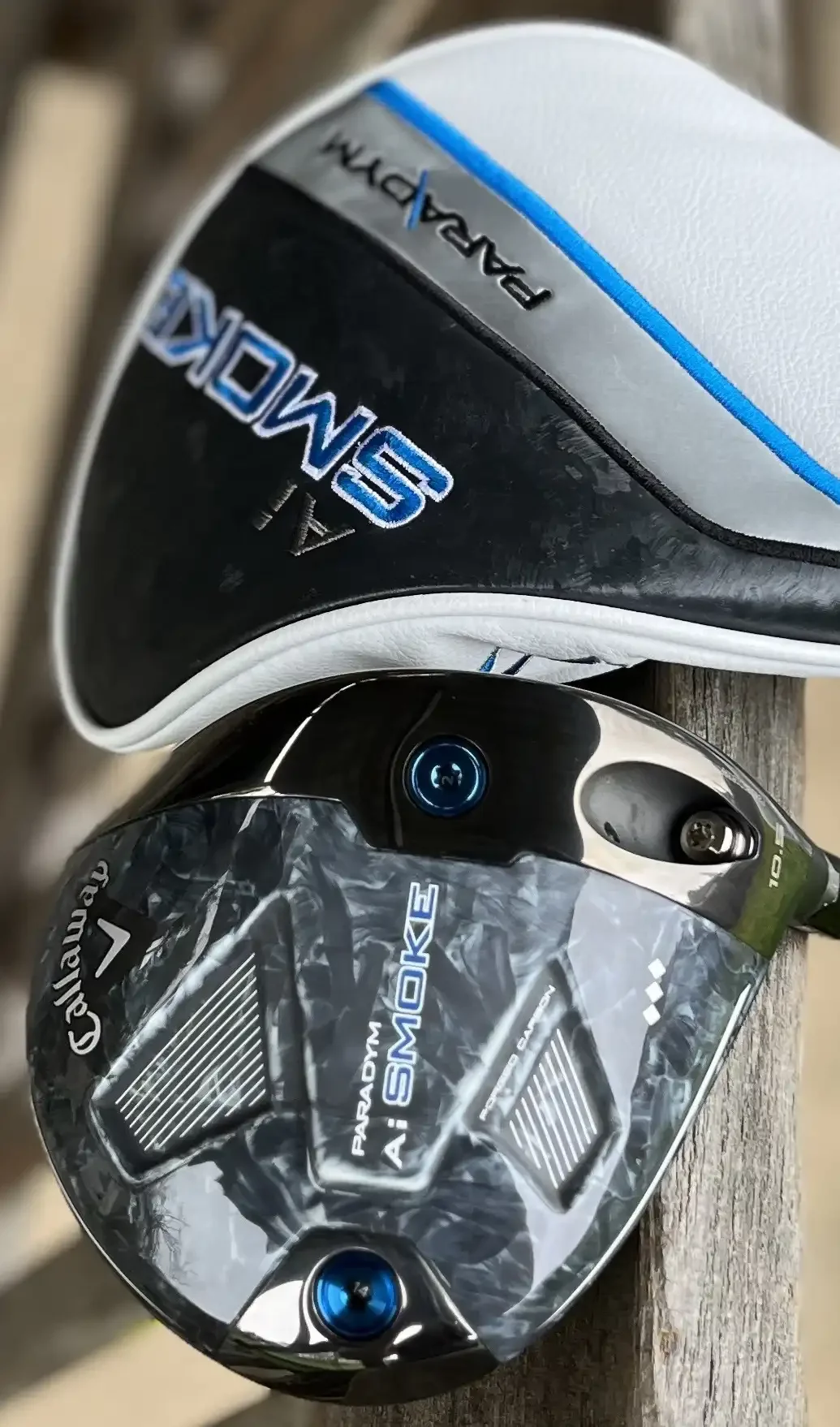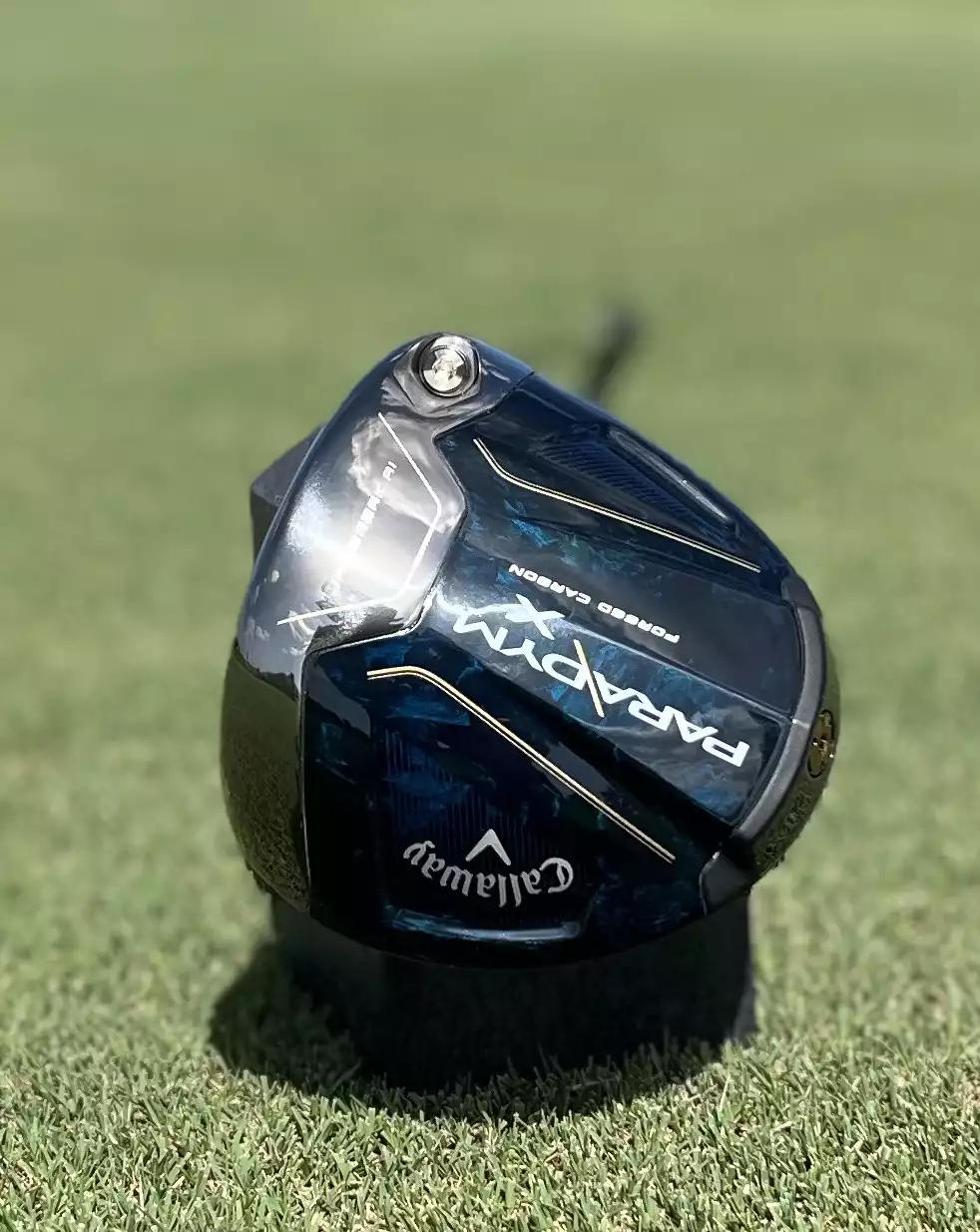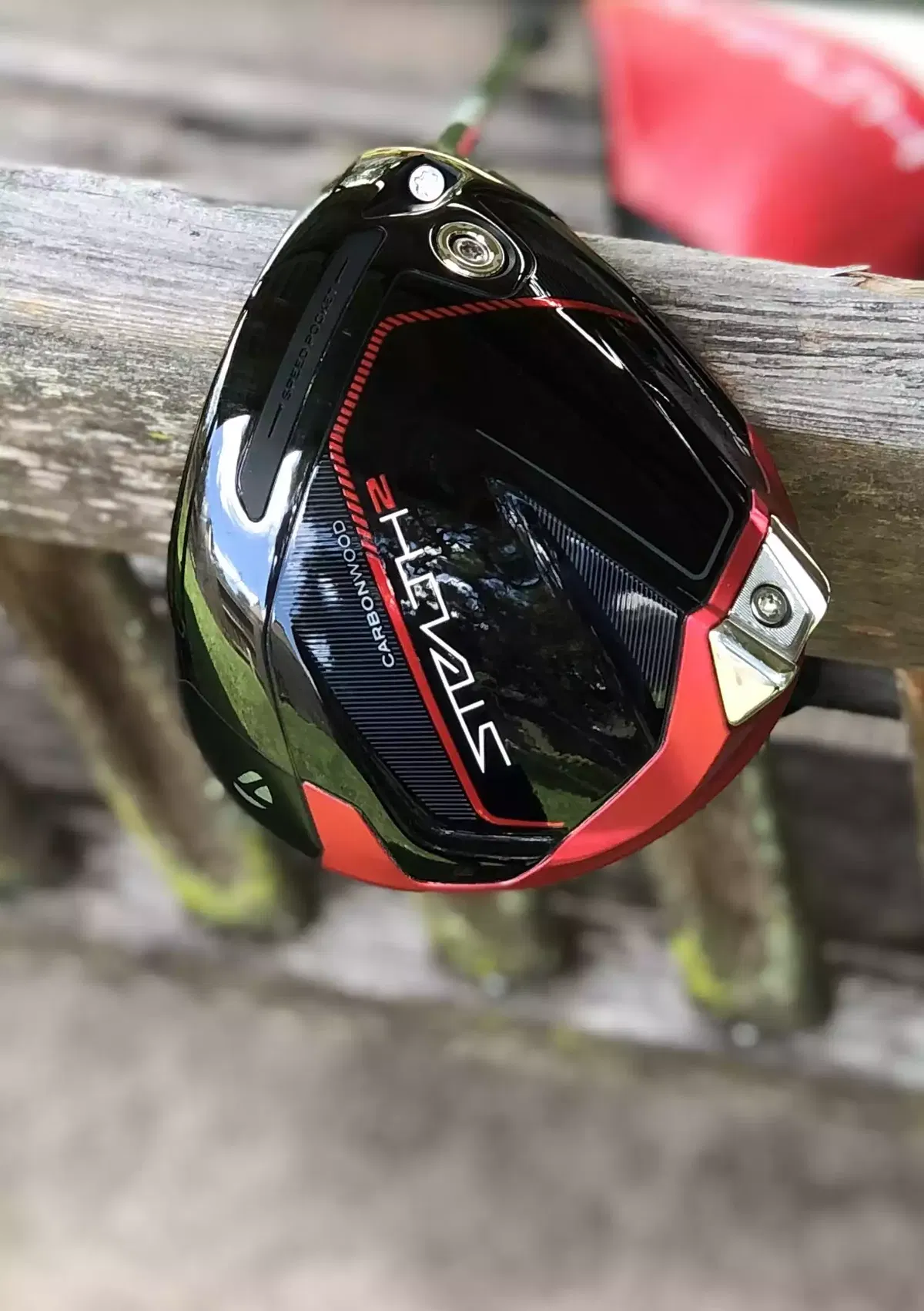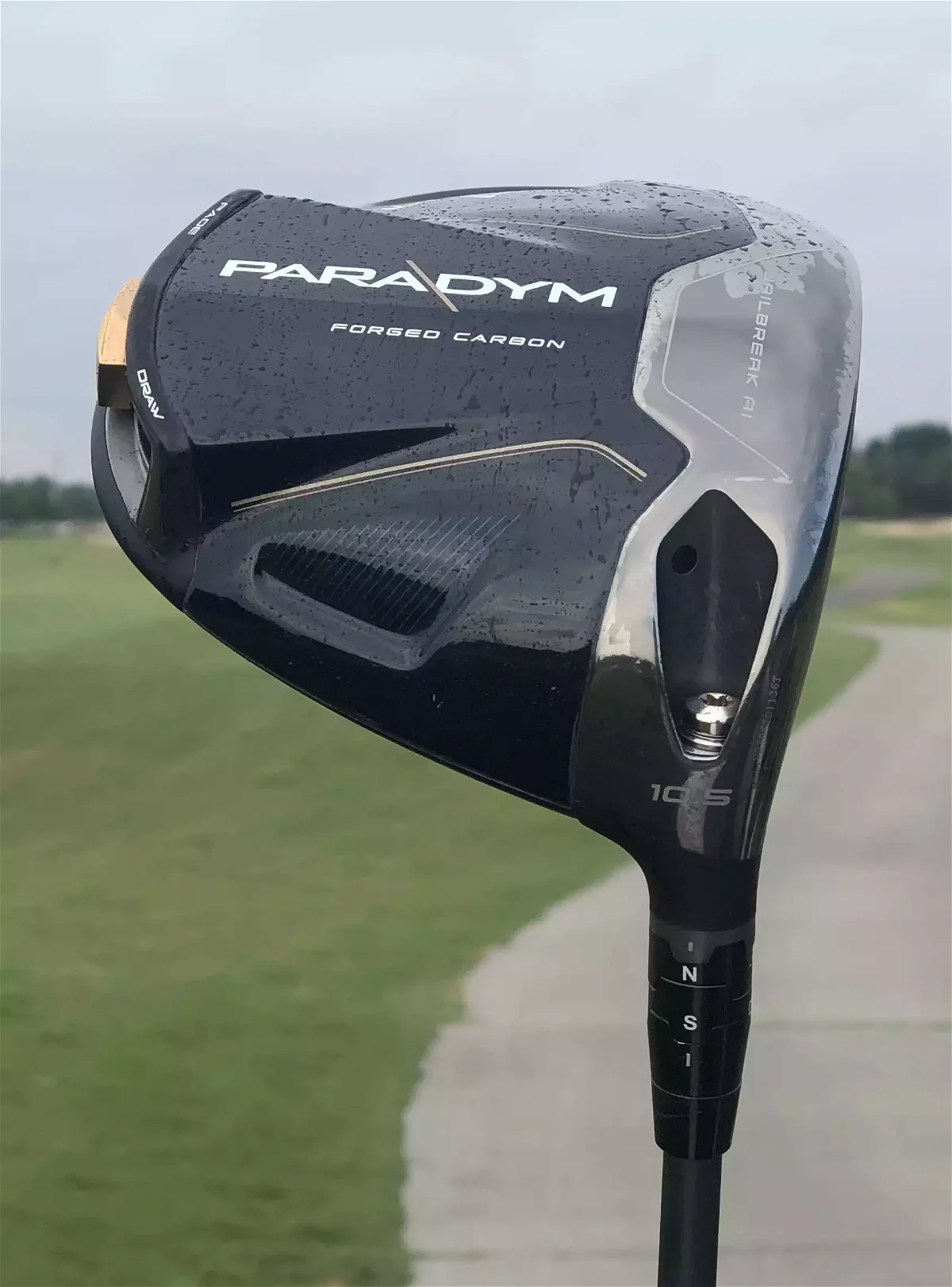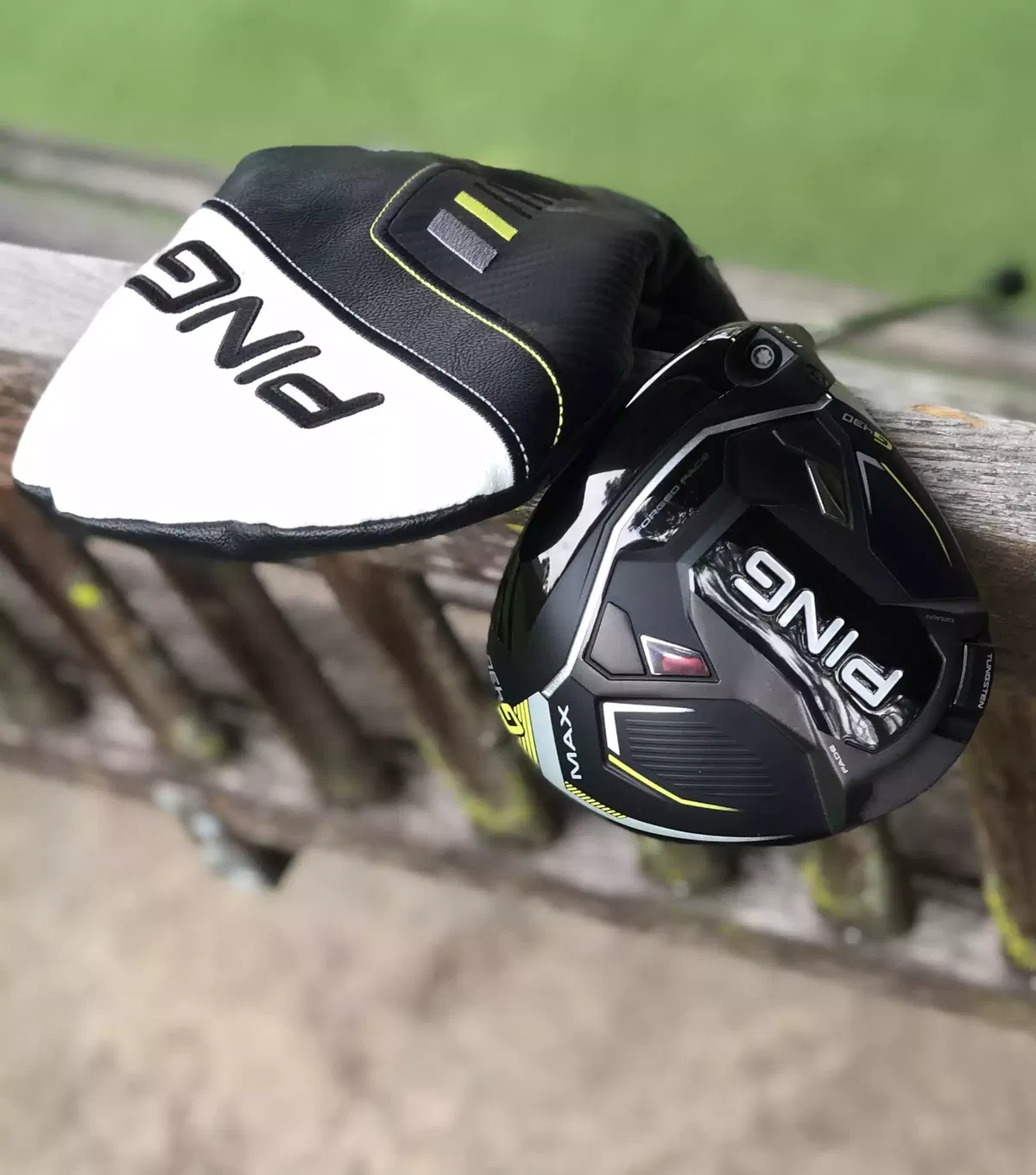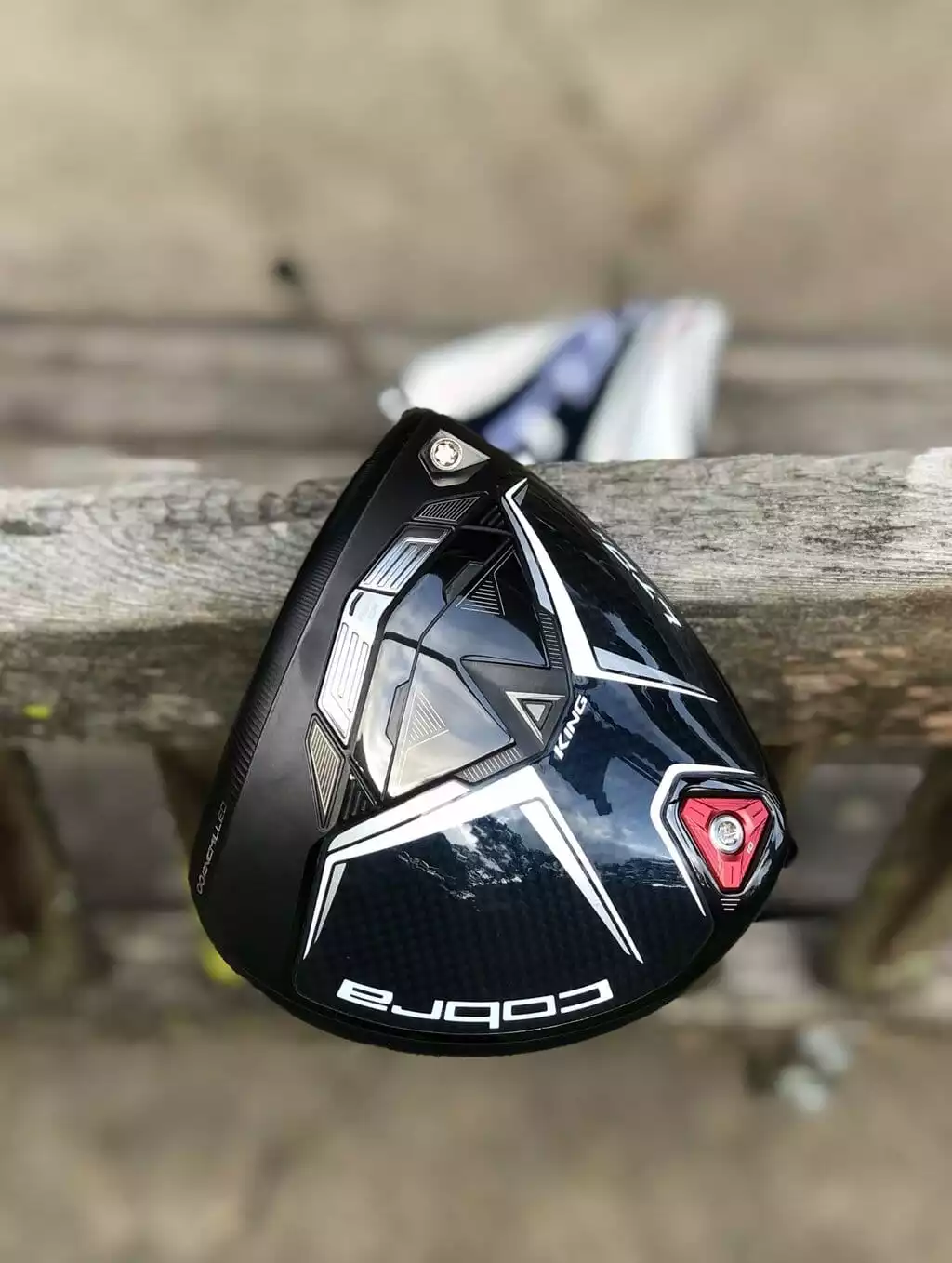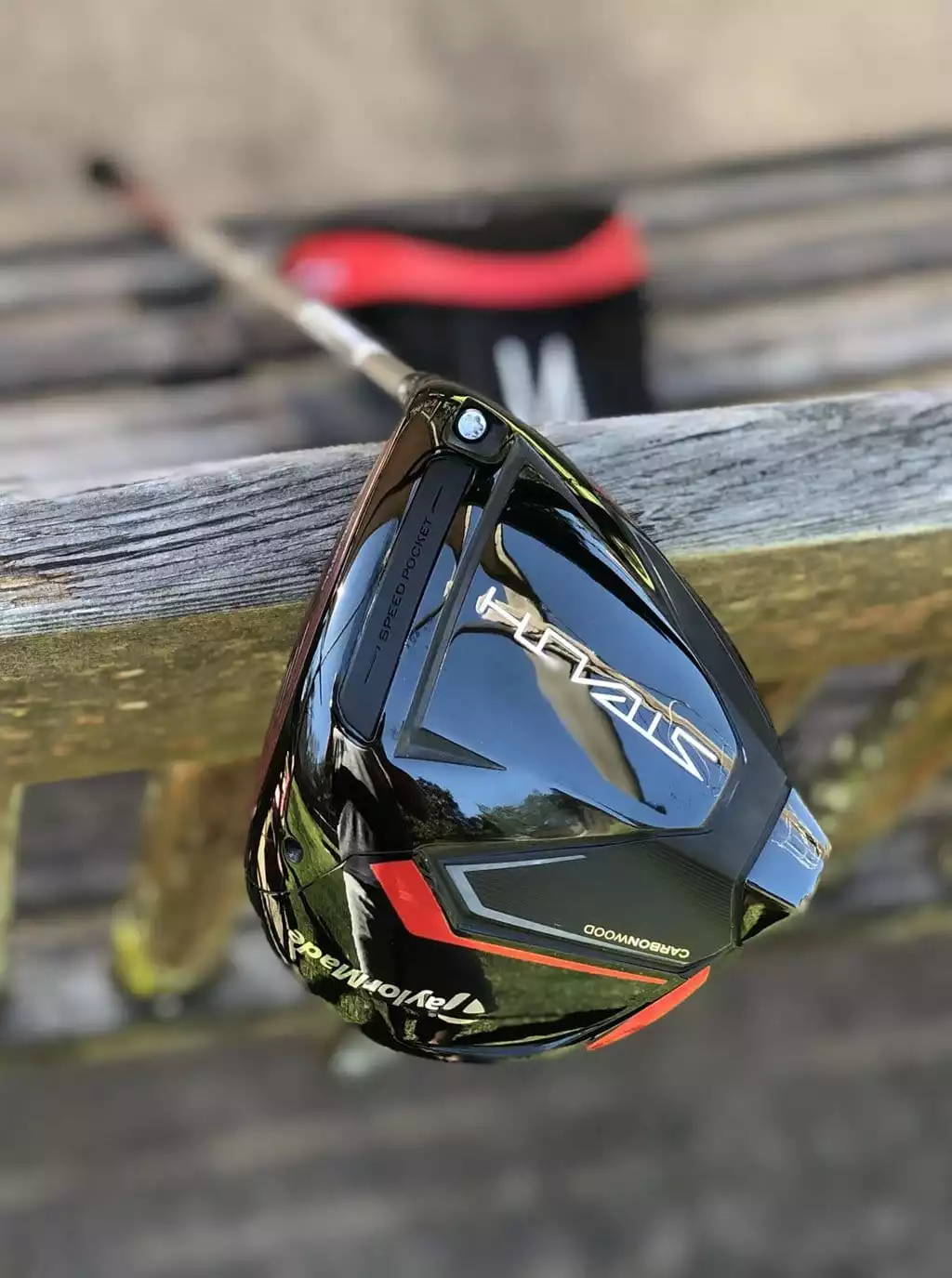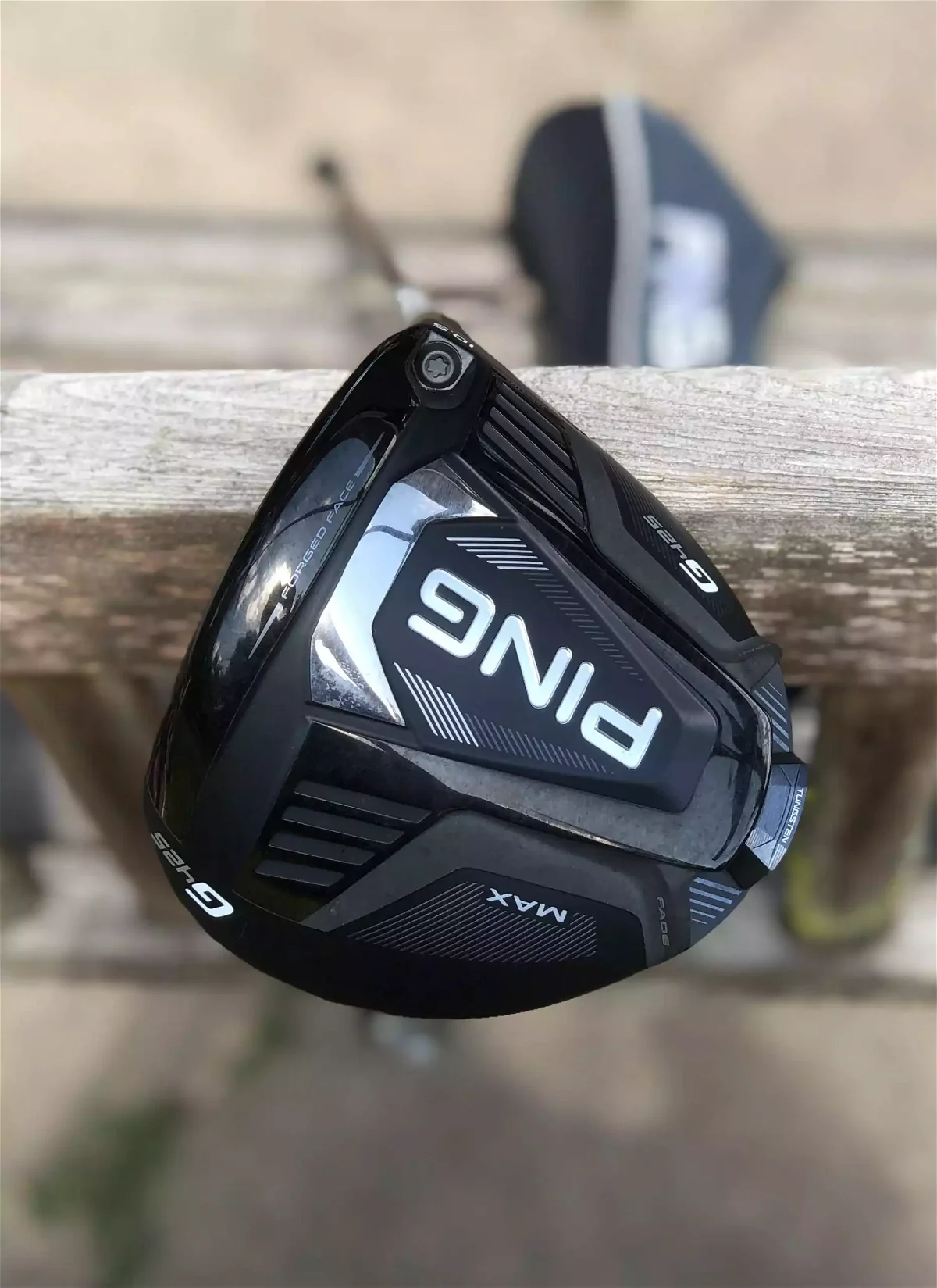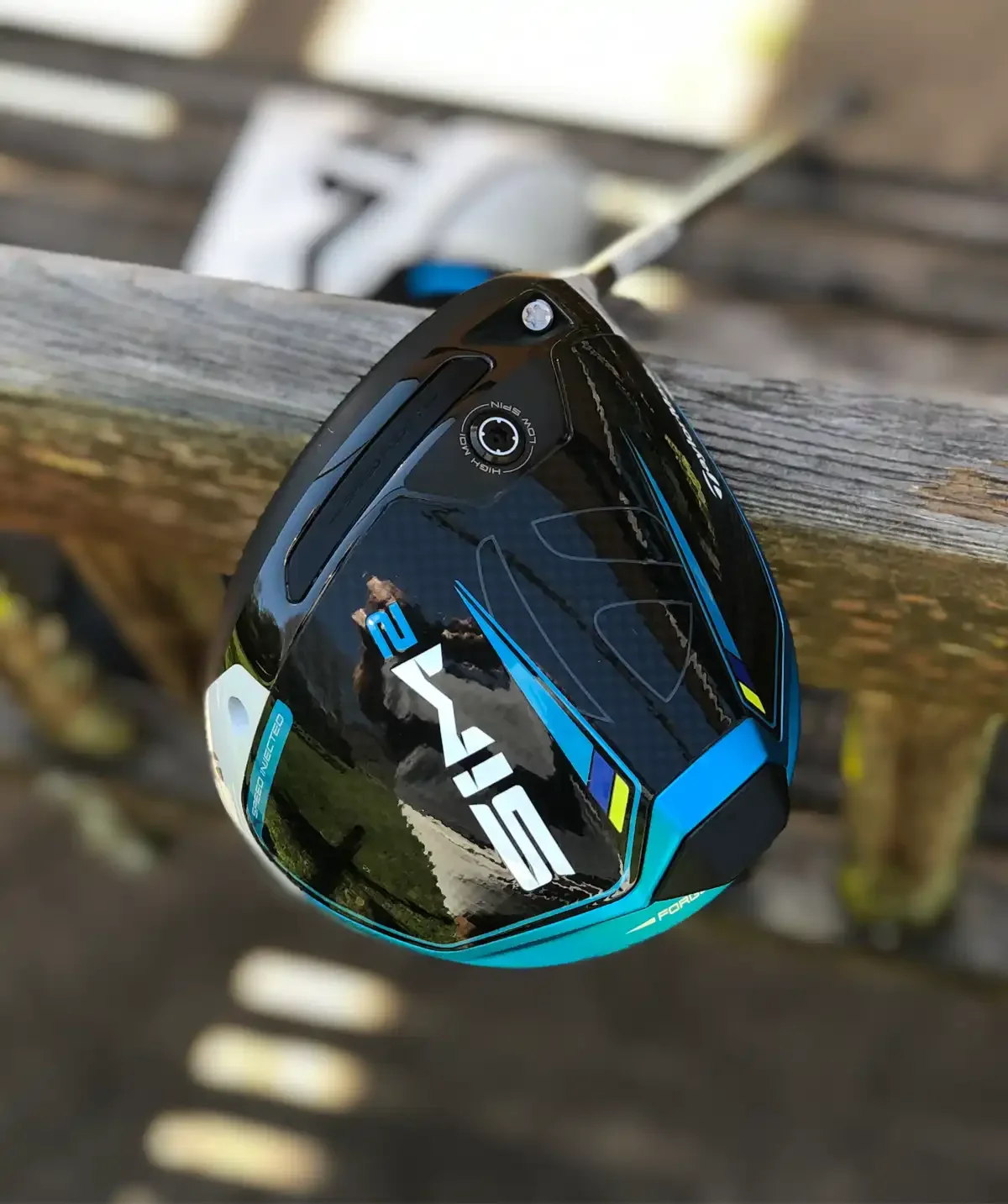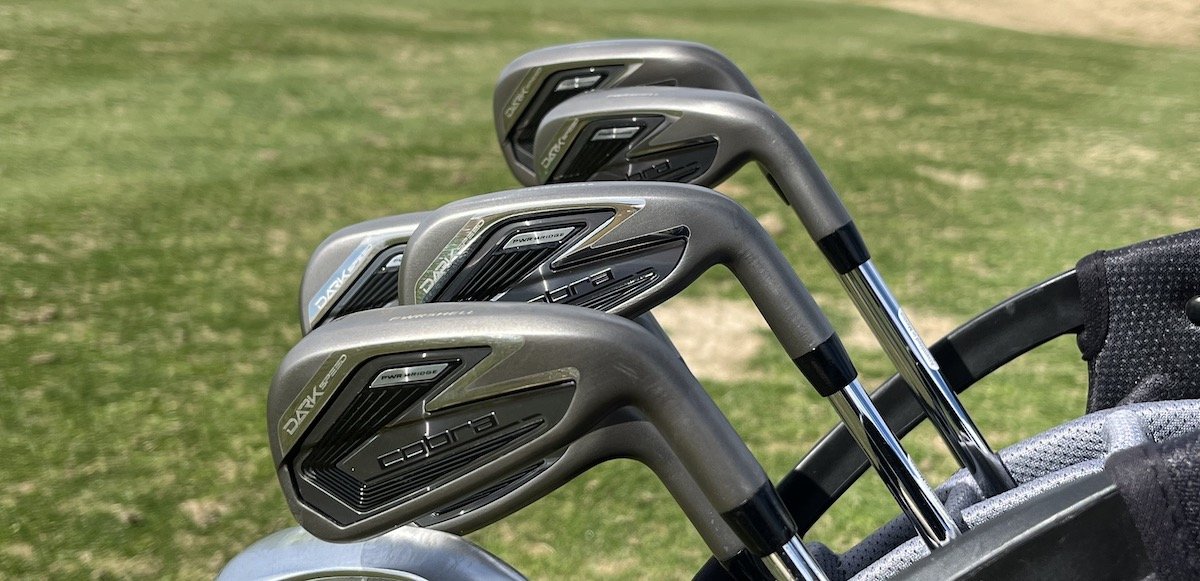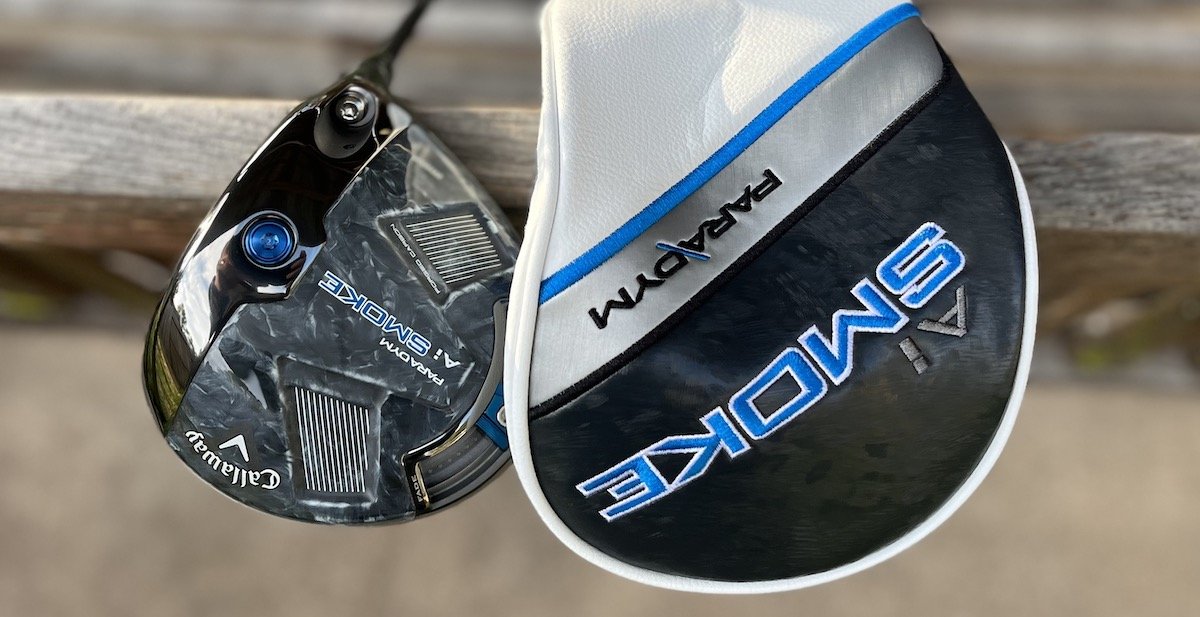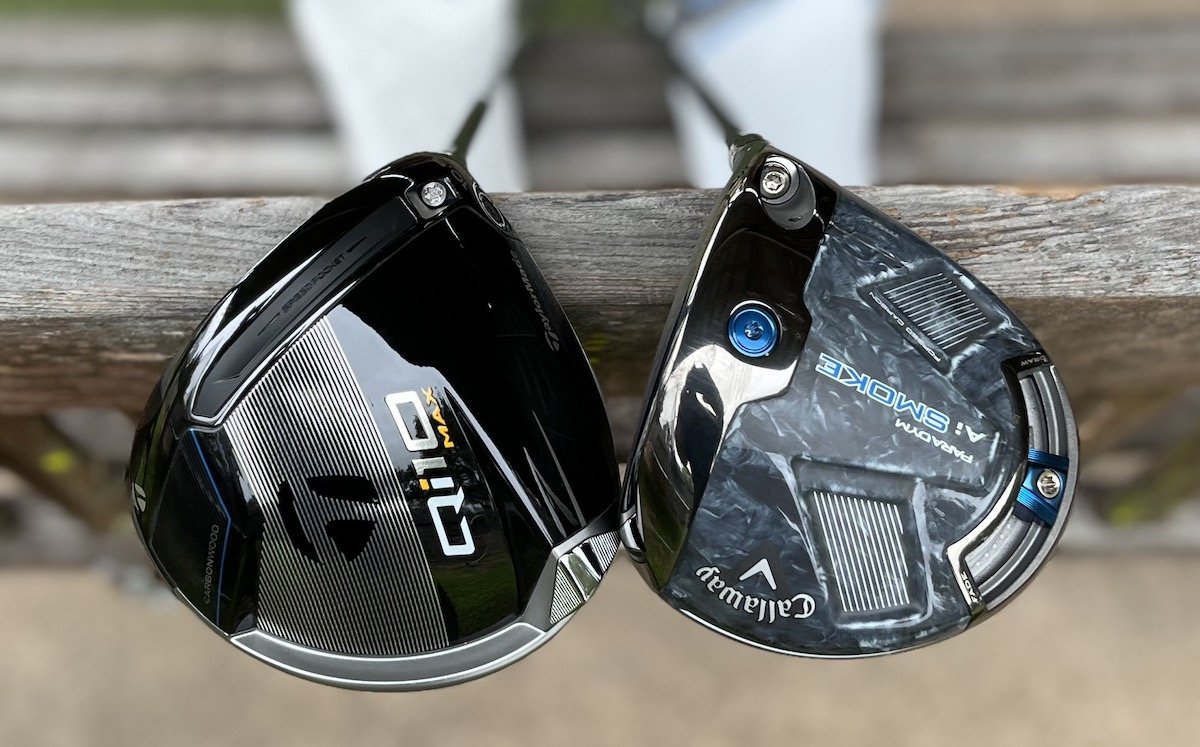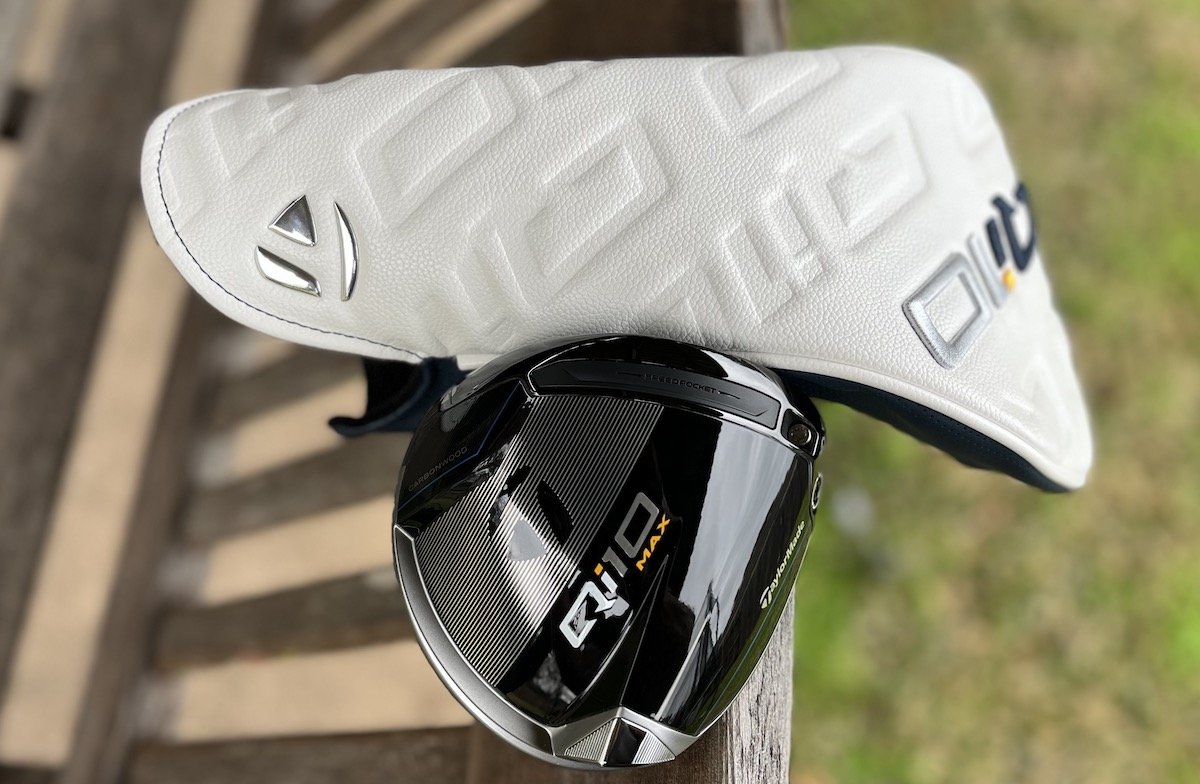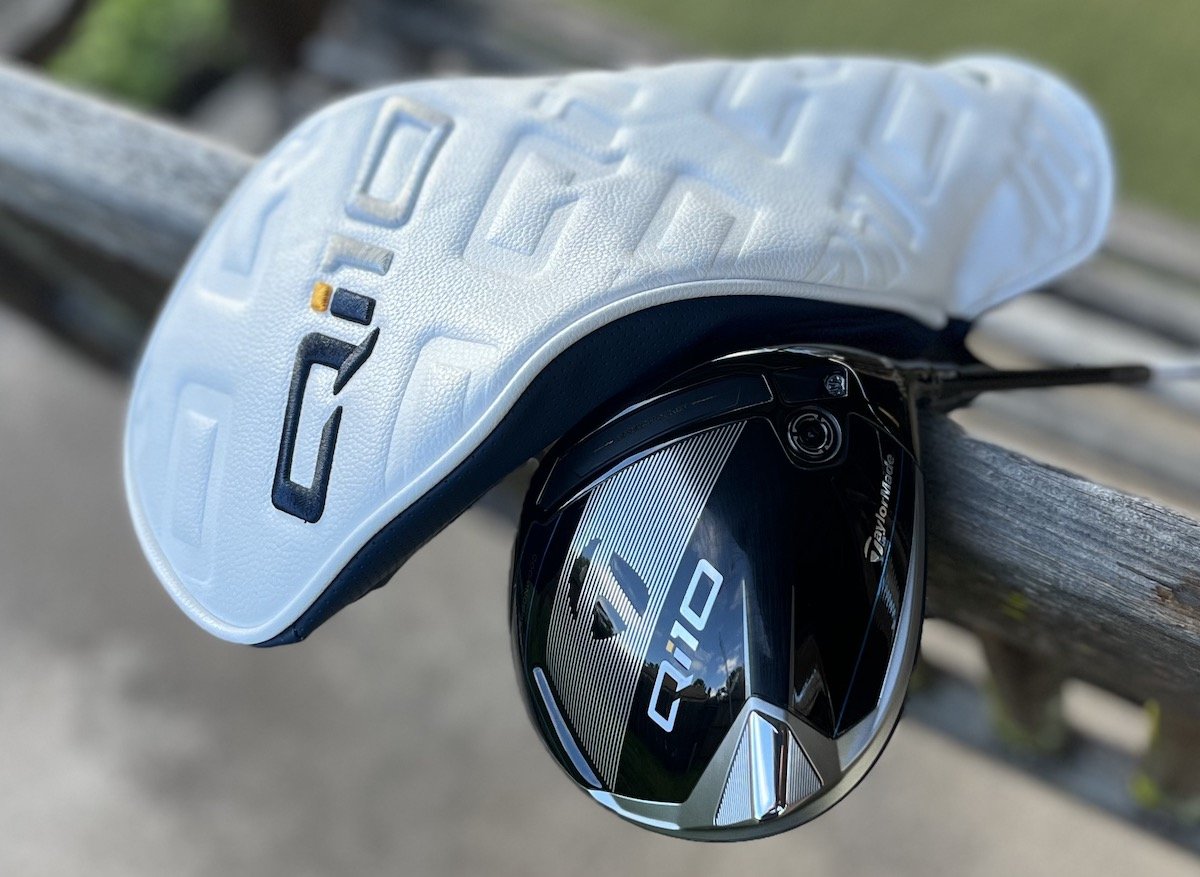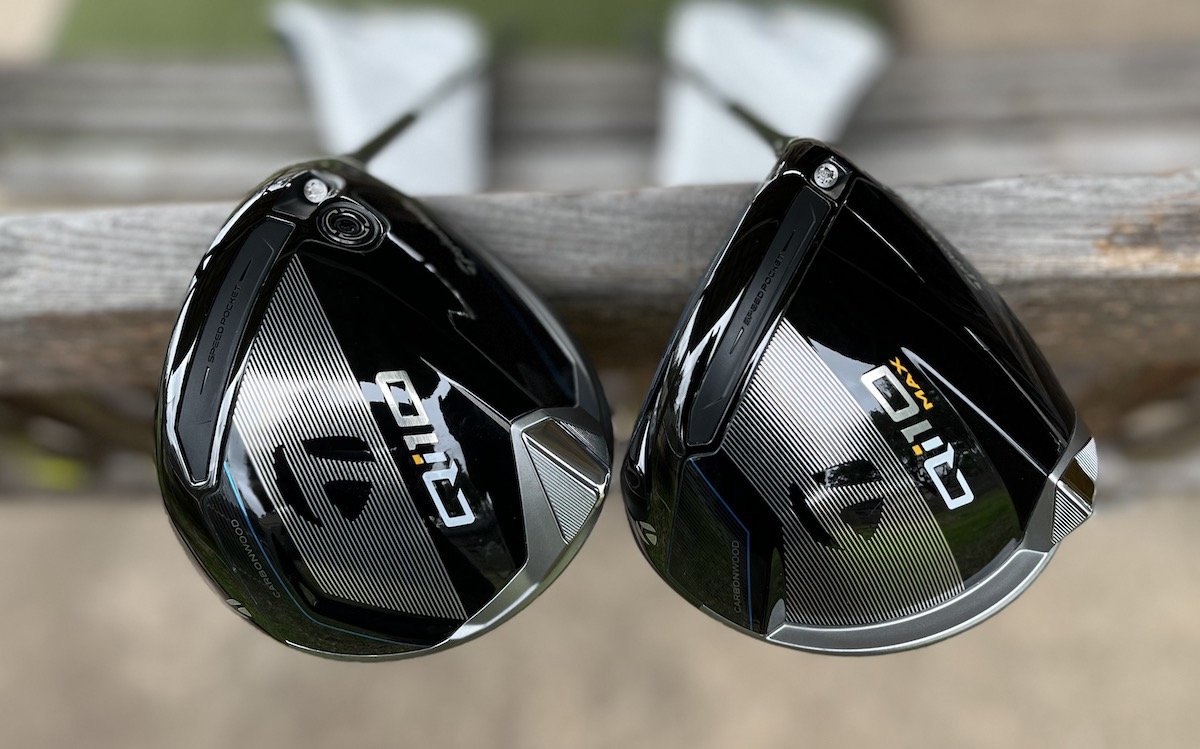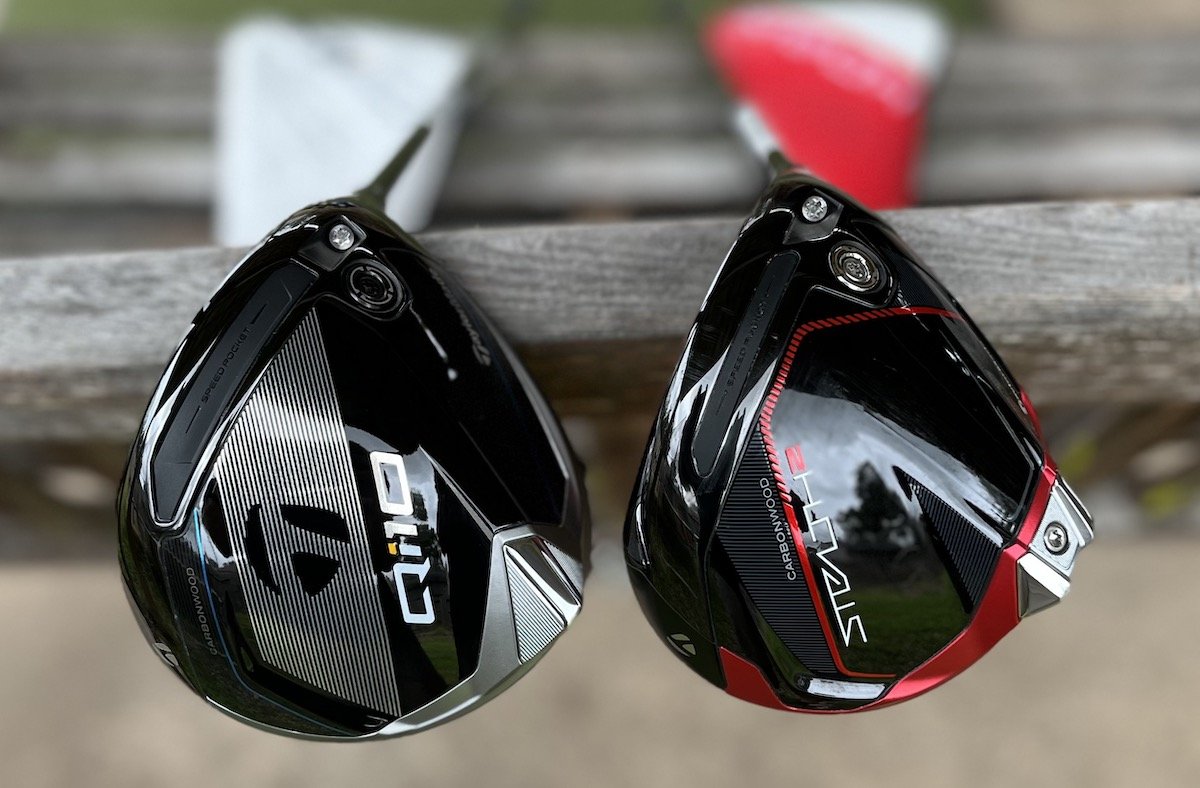Thanks for checking out Golfer Geeks’ review of the best drivers for mid handicappers & average golfers. Updated for 2024.
At Golfer Geeks, we are avid golfers with decades of golf under our belt and about a decade of golf club testing. Our testers have handicaps ranging from 8ish to +1.
I would put any driver on this list in play tomorrow – they wouldn’t be on this page otherwise.
- ALL these drivers are Neck & Neck with each other.
Much~ 100% of this will come down to your personal preferences, not performance.
- DO NOT sleep on older models. However, you may have issues getting your preferred specs or customization.
In this review of the best drivers for mid handicap & intermediate golfers we discuss, benefits and features of each, our recommendations, and we share any discounts we’ve scared up.
Our Top 3 Recommendations for 2024 (so far)
|
4.9
|
4.8
|
5.0
|
|
~$549 new
|
~$599 new
|
~$299 new
|
|
|
|
|
|
|
- Superb Sound & Feel
- Long & Forgiving
- Looks great at address
- Plain cosmetics
- Long & Forgiving
- Superb Sound & Feel
- Premium Looks
- Price
- Exceptional Distance & Forgiveness
- Best Sound & Feel
- Now at a Bargain Price
- Nada
Best Mid Handicap Drivers in 2024 (Updated List)
- Taylormade Qi10 (Wes’s #1 Pick)
- Cobra Darkspeed X (Jamie’s #1 Pick)
- Callaway Paradym Ai Smoke Max
- Taylormade Qi10 Max (Best combination of Forgiveness, sound & feel)
- Callaway Paradym Ai Smoke Triple Diamond (Surprisingly Forgiving & Straight)
- Callaway Paradym X
- Callaway Paradym
- Cobra LTDx Max (Best Bargain)
- Cobra LTDx
- Ping G430 Max (Most Forgiving)
- Callaway Rogue ST Max D (Best Draw/Anti-Slice Driver)
- Ping G425 Max
- Callaway Rogue ST Max (Best Looking Driver of 2022)
- Taylormade SIM2 (Best of 2021)
Reviews Of Our Top Rated Drivers for Mid Handicappers
#1 Taylormade Qi10 (New Editor’s Pick)
- Long & Forgiving
- Superb Sound & Feel
- Premium Looks
- Not a significant upgrade over the Stealth 2
The Taylormade Qi10 is our new #1 Recommendation for the best driver for the average mid-handicap golfer.
What we like:
- The best combination of playability, forgiveness, and distance.
- Improved sound & feel over the Stealth 2.
- Premium looks.
What we don’t like:
- Still not a fan of paying $600 for a driver.
Launch Monitor Data
Club | Club Speed | Ball Speed | Carry Distance | Total Distance | Vertical Launch | Peak Height |
|---|---|---|---|---|---|---|
Qi10 | 118 | 169 | 283.7 | 304 | *10.8 | 101 ft |
Testing was done by Wes, former club fitter and current scratch golfer and equipment nerd.
Wes found the hitting experience much improved over the Stealth 2 (a club he does not like).
He strongly preferred the sound and feel of the Qi10, and he found it more forgiving, too – by just a smidge.
Customer Reviews: 97 % would recommend it to a friend. Average 4.7 rating out of 75 reviews.
Bottom line – Premium driver at a premium price. Needs to be on your list to test if you’re in the market.
#2 Cobra Darkspeed X
- Superb Sound & Feel
- Long & Forgiving
- Looks great at address
- Plain cosmetics
The new Cobra Darkspeed X is next on our list of best drivers for mid-handicappers.
What we like:
- Excellent sound and feel.
- Long and forgiving.
- Moveable sole weights helpful with ball flight, curve, and feel.
- Better pricing than competition.
What we don’t like:
- Better color contrast to frame the ball better at setup..
As per usual with our new testing methods, Wes, former club fitter, current +1 handicap, and equipment nerd – was our Iron Byron on the launch monitor.
We did not have an X-stiff shaft for the Darkspeed for Wes to test. Still, these are really good numbers.
Launch Monitor Data (Wes’s)
Club | Club Speed | Ball Speed | Carry Distance | Total Distance | Vertical Launch | Peak Height |
|---|---|---|---|---|---|---|
Darkspeed X | 116 | 166 | 274 | 293 | *9.7 | 98 ft |
I took the Darkspeed X out on the golf course for multiple rounds—probably 4-5. I hit it consistently better than any of the drivers we tested in 2024.
But it didn’t start out that way. My ball flight, contact, and distance improved dramatically once I moved the 12 g weight from the forward position to the back of the sole and replaced it with the 3 g weight.
I never looked back after this. This club was long, forgiving, and very playable for me. It may be my new driver.
Customer Reviews: An average 5/5 rating out of 7 reviews.(1)
Bottom Line – Premium sound, feel, distance, and forgiveness at the best price. Worth a test drive if you’re in the market.
#3 Callaway Paradym Ai Smoke Max (Runner Up)
- Stellar Distance & Forgiveness
- Launches ball high
- Adjustable
- Sound & Feel downgraded from the Paradym
The new Paradym Ai Smoke Max driver is our new #1 recommendation for the best Callaway drivers.
What we like:
- Crazy hot with a generous sweet spot(s).
- Love the adjustable weight in the sole for dialing in errant drives.
- Sits well at address with a pleasing head shape.
What we don’t like:
- The sound and feel are not as good as the original Paradym drivers.
- Prefer the cosmetics of original Paradyms.
Our new chief tester, Wes, prefers the Ai Smoke Max over last year’s Paradym. He thinks the Ai Smoke is better on mishits – better forgiveness, better feel, and better distance.
We did not have an X-stiff shaft for the Ai Smoke Max for Wes to test. Still, these are really good numbers.
Launch Monitor Data (Wes’s)
Club | Club Speed | Ball Speed | Carry Distance | Total Distance | Vertical Launch | Peak Height |
|---|---|---|---|---|---|---|
Ai Smoke Max | 117 | 166 | 269 | 287 | *9.9 | 105 ft |
I played 2 – 3 rounds with the Ai Smoke Max, switching it out with the Qi10 Max (and the Darkspeeds – reviews coming soon).
I began by pull-hooking the Smoke Max off the planet. Once I sequenced my swing better and moved the sole weight just past neutral toward fade, I began blistering drives and ending up with playable misses – the occasional push and pull.
It’s not a significant upgrade over the Paradym from last year, but it is an upgrade.
Customer Reviews: 100% of reviewers would recommend to a friend. It has an average rating of 4.9 / 5 with 16 recorded reviews.(1)
Bottom line: An excellent driver worthy of testing. Keep your Paradym if you like it.
#4 Taylormade Qi10 Max (Best if you struggle off the tee)
- Exceptional Forgiveness & Distance
- Great Sound & Feel
- Premium Looks
- Great Launch & Trajectory
- Not a significant upgrade over Stealth 2 drivers
We picked Taylormade Qi10 Max as our best Taylormade driver for golfers who suffer with inconsistent contact and need extra forgiveness and help launching the ball high.
What we like:
- Superb forgiveness and distance across the face.
- Excellent feel and sound.
- Premium cosmetics and looks great at address.
- Launches your golf ball quickly and carries on a nice high trajectory.
What we don’t like:
- Still not in love with $600 drivers.
Our expert tester Wes, put the Qi10 Max through its paces and came away more than impressed. Center contact was heavenly, as you would expect. But, the Qi10 really makes it money when you miss the sweet spot.
Heel and toe strikes lose maybe 5 yards or so – basically, nothing when talking about a driver. Even Wes’s funkiest swings left his drives just off the fairway.
Launch Monitor Data (Wes’s)
Club | Club Speed | Ball Speed | Carry Distance | Total Distance | Vertical Launch | Peak Height |
|---|---|---|---|---|---|---|
Qi10 Max | 118 | 170 | 283 | 304 | *8.5 | 88 ft |
I took the Qi10 Max on the course for multiple rounds so I could get a feel for it.
The Qi10 Max delivers on its promise. All we ask for from a driver…especially at $600.
Customer Reviews: Average rating of 4.7 out of 51 reviews at taylormadegolf.com.
- The 4-star reviews didn’t offer any complaints and were complimentary.
- The less than 4-star reviews basically said they haven’t noticed a big improvement over whatever they had before.
Bottom line: Give this driver a try if you consistently struggle with contact off the tee, regardless of handicap. You’ll likely have found your next driver. Keep your Stealth 2 if you like it.
#5 Callaway Paradym Ai Smoke Triple Diamond
- Solid sound & feel
- Surprisingly forgiving
- Easy to launch high
- Good distance
- Not in love with the cosmetics
I never thought this driver would make it on this page…but here we are. (it’s that good)
What we like:
- Surprisingly forgiving and easy to launch.
- Plenty long.
- Best sound and feel of the Ai Smoke family.
What we don’t like:
- Nada.
My experience with the Ai Smoke Triple Diamond
Launch Monitor Data (coming soon)
Club | Club Speed | Ball Speed | Carry Distance | Total Distance | Vertical Launch | Peak Height |
|---|---|---|---|---|---|---|
I hit this driver (almost) unbelievably well. I’d never been able to hit a low spin driver well in my testing. Unless you count the Stealth 2 Plus (I still can’t believe it’s supposed to be low spin). So, I left them off my lists for the most part. I just couldn’t do them justice.
My very first drive went dead straight, on a mid-high trajectory, and plenty long. And it sounded and felt great. I almost hit it on a lark. But it was no lark. I hit it well that entire round.
Then I played 3 more after that. Same thing. Many, many hit fairways or, otherwise, good drives with good looks into the green.
My driver swing is in good shape right now. But that hasn’t helped me in the past with low spin drivers. I’m not sure why the Ai Smoke is different, but it is different.
So much so, that I’ve put it on my list of recommendations for mid handicap golfers to test. I think you’ve got a shot at playing this driver.
The head is 450cc, compared to 460cc for most drivers these days. Although the head looks a little compact, it isn’t intimidating in the lease.
Customer Reviews: Average rating of 4.9 out of 13 reviews at callawaygolf.com.(1) Everyone raves about the distance and forgiveness.
- The one 4-star review was because of a 1-week shipping delay.
Bottom line: A forgiving and long driver available to average drivers. Worth a try if you’re in the market.
#6 Callaway Paradym X
- Premium Distance & Forgiveness
- Excellent Sound & Feel
- Best Looking Driver of the Year(s)
- Nada
The Paradym X remains an excellent choice for the average golfer. Especially if you like deals.
What we like:
- Largest sweet spot in the Callaway driver lineup.
- Superb distance on center contact and great distance with minor mishits.
- Superb sound & feel (just like the Paradym)
- THE best looking driver I’ve seen in years (also just like he Paradym).
What we don’t like:
- Getting harder to find new.
- Loft and shaft options becoming limited.
The Paradym X is the Paradym but with more distance away from the sweet spot. I really enjoy playing and hitting the Paradym. But, I enjoy the Paradym X even more because it’s a touch more forgiving.
I hit some truly great and beautiful drives with the Paradym X during my round with it. I think it’s an exceptional driver for those of us that are mediocre off the tee.
Customer Reviews: 97% of reviewers would recommend to a friend. (I have no idea what the 3% were smoking)
Recommendation: Premium driver and premium forgiveness at a premium price. Needs to be on your list to test if you’re in the market.
#7 Cobra LTDx Max
- Exceptional Distance & Forgiveness
- Best Sound & Feel
- Now at a Bargain Price
- Nada
The LTDx Max is one of my top three or four drivers of the last two years. It’s still a great option if you can get your specs.
What we like:
- Easier to hit than any driver I’ve tested.
- Beaucoup distance & forgiveness all over the face.
- Best in class feel and sound.
- Specializes in keeping your marginal swings in play.
What we don’t like:
- Getting harder to find these days.
The Cobra LTDx Max has everything the LTDx model has but is even more forgiving. They both also have great feel, great sound, & outstanding distance.
The LTDx Max made me look like a good driver – which is not easy.
Customer Reviews: 23 reviews with a 4.8 average rating on cobragolf.com. (I concur)
Recommendation: Pick it up if you can find it. Guaranteed you won’t return it because of performance.
#8 Taylormade Stealth 2 (Former Editor’s Pick)
- Superb Sound & Feel
- Solid, Long & Forgiving
- Great looking driver
- Pricey
The
What we like:
- Superb distance and most forgiving driver tested in 2023.
- Superb sound & feel. Nice improvement over last year’s Stealth.
- Improved cosmetics. They’ve gone from a flat finish to gloss and it works well.
- I love the muted sound on impact.
What we don’t like:
- Nada
The Stealth 2 was a pleasant surprise for me. I don’t often see genuine upgrades from year to year in most golf equipment. And while I don’t recommend upgrading if you own the current Stealth,
That said…
I’m still an inconsistent driver – this year more than last – but I was able to connect on quite a few drives with the Stealth 2 on the course. (Not so much on the range or on my practice mat.)
Good swings and solid contact yield bombs. Mediocre swings will still get you good distance and a good shot into the green. All you can ask of a driver.
Most negative reviews center around quality control – The head – or pieces of the head – are just breaking. Specifically, the red carbon ring that goes around the rear of the sole.
- I’ve seen no sign of this.
- I’ve had mine a couple of months and it’s in perfect condition. I’ll keep an eye out and report back here on what I see.
Customer Reviews: 95.28% would recommend to a friend. Average 4.7 rating out of 5 from 331 reviews.
Recommendation: Premium driver at a premium price. Needs to be on your list to test if you’re in the market.
#9 Callaway Paradym (Former Editor’s Pick)
- Flat Out Gorgeous
- Superb Sound & Feel
- Solid, Long & Forgiving
- Pricey
Great option if you can get your specs. One of my personal faves.
What we like:
- Large sweet spot for great forgiveness and loads of distance.
- It keeps you in play when you aren’t swinging your best.
- Superb sound & feel – reminiscent of the Mavrik driver from a couple years ago (the gold standard)
- Best looking driver I’ve seen in years.
What we don’t like:
- Nada.
The Paradym is a joy to hit and turns my mediocre swings into fairways hit or at least a decent shot into the green. Which, is all I ask of a driver.
My driver swing has been more sporadic this year than last, so I really need help off the tee. When I manage a good swing, the Paradym sends it. When not so good, I still have a play into the green.
It didn’t save my worst swings, but that’s not reasonable.
Customer Reviews: 98% of reviewers would recommend to a friend.
Recommendation: Premium driver at a premium price. Needs to be on your list to test if you’re in the market.
#10 Ping G430 Max
- Long & Forgiving
- Premium Looks
- Improved Sound & Feel
- Improved shaft selection
- Nada
The G430 is one of the more forgiving drivers you can put your paws on.
What we like:
- Excellent distance and forgiveness.
- Much improved cosmetics.
- Better feel & sound than the G425s.
- Premium shaft options come standard.
What we don’t like:
- Not much
The Ping G430 Max driver is as forgiving as the G425 Max we tested in June of 2022, but with improved sound and feel and a better shaft selection. Oh, it looks a lot better too.
Time and again, the G430 Max converted my mediocre swings into drives either in the fairway or just off the fairway with a good or reasonable shot into the green.
This is ALL I want from my driver. Especially early in the year. The G430 is a driver I would own if I was in the market.
Customer Reviews: Early days, but all 5 reviews at pinggolf.com are 5 stars for the G430 Max.
Recommendation: Any golfer who wants less stress off the tee should try the Ping G430 Max. It works hard to keep you playable while providing a nice boost in distance.
Get 8% OFF with Coupon Code: GolferGeek
#11 Cobra LTDx
- Long & Forgiving as any
- Superb Feel & Sound
- Playable by any handicap
- Large head may turn off some low single digit handicaps
Great driver and only marginally less forgiving than the LTDx Max.
What we like:
- Easy to hit.
- It’s long and forgiving.
- Best in class feel and sound.
What we don’t like:
- Getting hard to find.
The Cobra LTDx was a large surprise for me. I’d never hit a Cobra driver before and didn’t know quite what to expect. Now I do. Great feel, great sound, excellent forgiveness and distance.
I’m a mediocre driver – as I’ve said countless times on this website. My driving became a weapon with the LTDx in my hands. I don’t know how else to put it.
The graphics and looks of the club don’t quite match it’s elite performance. That’s my only gripe.
Customer Reviews: 27 reviews and 27 5-star reviews at cobragolf.com. (I concur)
Recommendation: The LTDx needs to be on your list of drivers to test if you’re in the market. Guaranteed you won’t return it because of performance.
#12 Taylormade Stealth (Former Editor’s Pick)
- Stellar Feel & Sound
- Tons of Forgiveness & Distance
- Looks great behind the ball
- Playable by any handicap
- Nada
We highly recommend the
- It’s forgiving all over the face. I was minimally punished for off-center contact.
- It keeps marginal swings playable for better looks at the green.
- I consistently carried the ball as for or farther than I have in years.
- I love the muted sound on impact.
I’m an inconsistent driver most days (though I’ve been working on this… Hard). And I never hit standard length drivers. The Stealth and most modern drivers weigh in at 45.75 inches out of the box. (My driver is cut down to 44.25 inches so I can control it better.)
Still, I was able to hit a ton of good drives on the range and on the course with the Stealth for a couple reasons: 1) My hard work is paying off. 2) This is a great driver that rewards decent swings.
It’s one of the easiest drivers to hit I’ve ever tested.
I’m not an advocate for forking out this much for a driver. But if you’re gonna do it, the Stealth is a worthy investment.
Customer Reviews: 94% would recommend to a friend. Average 4.8 rating out of 5 from 511 reviews.
Recommendation: Last year’s Editor’s Pick. Now on sale. Still worth a look.
#12 Ping G425 Max
New & Used Clubs Available
Get 8% off from Global Golf with Code: GolferGeek
- Great for mediocre drivers (like me)
- Long & Forgiving
- Med-high penetrating ball flight
- Not the best-looking driver of 2022
The G425 Max driver is on our list of best mid handicap drivers for a couple reasons.
- As forgiving as our Editor’s Pick
- Springy face and beaucoup distance
- Good feel & sound
Ping’s been making great drivers for a while, but I hadn’t put my hands on one in years. The G400 & G410 are well-known to be great drivers and I’d heard and read nothing but good things about the G425 Max.
All the great things were validated on the first swing. Long high draw down the middle and it felt great coming off the face. I hit a bunch of good drivers during my round and I could see myself owning the G425 Max, no problem.
My biggest gripe is the looks are pretty plain for a premium driver and I couldn’t get a shaft close to my specs.
Customer Reviews: 96% of reviewers would recommend the G425 Max. It has 225 reviews and an average rating of 4.8 out of 5 stars.
Recommendation: If you need help with your driving (like me), you gotta give the Ping G425 Max driver a try.
Get 8% OFF with Coupon Code: GolferGeek
#13 Taylormade SIM2
- Long & Forgiving
- Great Sound & Feel
- Nada
The Taylormade SIM2 driver made our list of best mid handicap drivers for a couple reasons
- It is so, so easy to hit
- It’s long and forgiving
- It feels great and sounds better
- You’ll start seeing pretty good deals now that the STEALTH is out.
The Taylormade SIM2 is an outstanding driver and performed exceptionally well for me. I hit tons of solid drivers with it and would gladly own this driver if I was in the market.
Taylormade drivers live up to the hype and more. I don’t believe you can find a bad one these days.
Customer Reviews: 99% of reviewers would recommend the SIM2. It’s got 342 reviews and an average rating of 4.8 out of 5.
Recommendation: Buy this driver in a heartbeat if you can get your specs or close to them.
FAQs
How to choose the best driver for a mid handicap golfer?
Even the best golf drivers for mid-handicaps won’t work for every mid-handicapper.
Let me explain…
Just because a driver works well for a couple of your golf buddies doesn’t necessarily mean it will work the same way for you. (I know from Very personal experience)
Everyone has their favorite brands. I was a Callaway guy forever and a day. But the fact is, it’s the Taylormade R7 460 that allowed me to put a driver back in my bag about 15 years ago after being unable to hit a driver for about 5 years.
All top manufacturers are producing better drivers for mid-handicappers than ever before. When you’re choosing your best golf driver, everyone knows about club head loft and shaft flex. What about kick point, or shaft length, or grip size, or…?
You get the picture. There are many variables. And, they aren’t exactly giving away the best golf drivers for mid handicappers these days. You might also wonder whether a professional fitting is necessary. I’ll cover that in this section too.
What is the best driver shaft for a mid handicapper?
General Guidelines…that are in no way set in stone.
- Swing your driver over 105 mph? You can probably start thinking about an X- stiff shaft.
- Swing your driver in the 90 – 100 mph range? A stock stiff shaft will likely work fine for you.
- Swing your driver 80 – 90 mph? A regular shaft is likely your best bet.
- Swing your driver < 80 mph? A Senior flex shaft should do the trick.
- The shaft is responsible for transferring the power from your swing through the clubhead and into your ball.
You’ll hit your drives powerfully and with better distance and trajectory when you marry up the proper shaft flex with your swing characteristics.
- Generally speaking, softer flex shafts go with slower speed swings. Softer flex means more flex and gives you the “potential” for more distance.
- Generally speaking, stiffer flex shafts go with faster speed swings. Stiffer flex means less flex and gives you the “potential” for more control at the cost of “some” distance.
Mid handicappers often have a wide range of swing speeds and ball speeds. The faster you swing, the stiffer your shaft may need to be. But not in all cases. That will depend on the fitter and their theory of club fitting.
What is the best driver loft for a mid handicapper?
The best loft for a mid-handicapper is 9 to 11 degrees, usually.
More Loft = More Forgiveness
Even the best players in the world are using higher lofts these days. 7-degree and 8-degree golf drivers were the norm on tour not too long ago.
Your swing speed partially determines the loft you need. Faster swings generally get the ball airborne easier, so “may” require less loft than those of us with slower swing speeds.
Also, more loft equals more forgiveness because sidespin is reduced and backspin is enhanced.
For example, a reasonably skilled driver with fast clubhead speed may choose a driver with a loft of 9 to 10.5 degrees to add in the forgiveness factor. Those of us with swing speeds under the century mark should look into the higher loft ranges.
Luckily for us, the best golf drivers for mid-handicappers or any handicaps have adjustable lofts.
Should I Get A Professional Fitting?
Is a fitting by a professional fitter absolutely necessary? No.
Will getting fit for your driver help you play better? Yes.
So, the choice is ultimately up to you. What’s your priority?
The average new driver costs > $400$500$600. Getting fit by a qualified fitter will cost in the neighborhood of $100.
I tend to keep my driver for a long time, so I figure I may as well get fitted for it. Not a very hard call for me.
My suggestion for mid-handicappers: Get Fitted
What is the best driver for a mid handicapper or average golfer?
Our #1 pick for best driver for mid-handicap golfers is the Taylormade
Qi10. It’s good at everything
What is considered mid handicap in golf?
A handicap between 20ish and 8ish is considered to be a mid handicap. There are NO hard and fast rules on this.
How do I know which driver is right for me?
Testing on the range and on the course is the only way to know which driver is right for you. You need to feel comfortable looking down at it at address, and you have to be confident you can hit it in play with a shot at the green most of the time.
What are the easiest drivers to hit?
The easiest drivers for mid-handsappers to hit have a high COR and MOI with at least 10.5 degrees of loft. In English – They are forgiving and have a large sweet spot to keep you in play, help you with launch, and help you with hitting the ball farther.
Our Verdict
Wes likes the
- He loves the feel.
- He loves the distance.
- He loves the way it looks.
- He thinks it’s plenty forgiving
I like the Cobra Darkspeed X
- I love the sound and feel.
- I hit it very well – better than any other driver I’ve tested.
- Moving the 12 g sole weight to the rear position immediately improved my contact, distance, and direction.
- Best price for a new premium driver
Our #1 suggestion is to test before you buy. Either at your local golf store or take advantage of Global Golf’s Utry trial program. I use it and recommend it.
Thanks for checking out our review of the best drivers for mid handicappers & average golfers in 2024.
I hope whichever one you buy works as well for you as all of these worked for me.
|
4.9
|
4.8
|
5.0
|
|
~$549 new
|
~$599 new
|
~$299 new
|
|
|
|
|
|
|
- Superb Sound & Feel
- Long & Forgiving
- Looks great at address
- Plain cosmetics
- Long & Forgiving
- Superb Sound & Feel
- Premium Looks
- Price
- Exceptional Distance & Forgiveness
- Best Sound & Feel
- Now at a Bargain Price
- Nada

